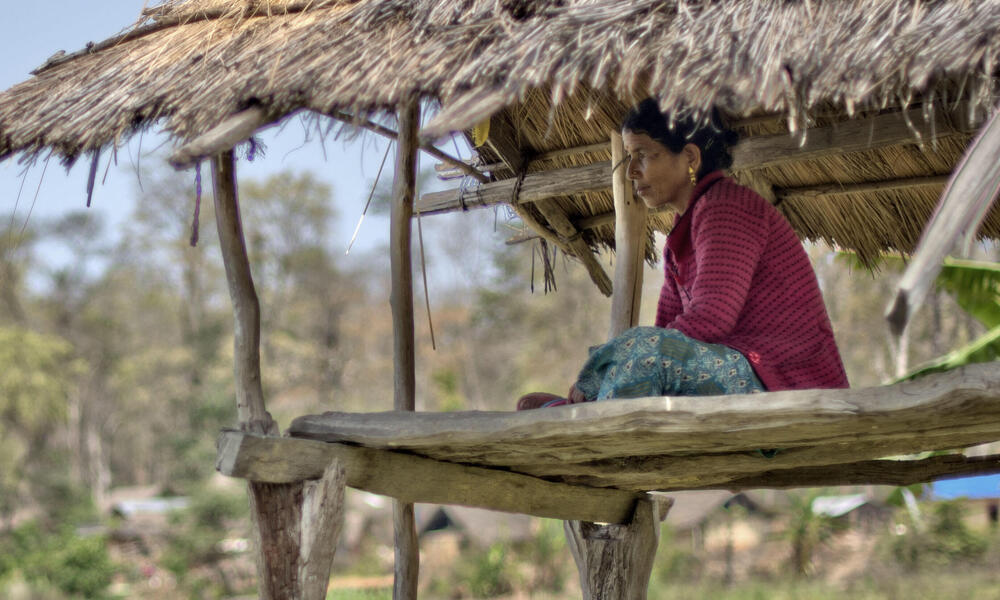Above: Thaba Sarki, a farmer in Nepal, guards crops against wildlife incursions.
The long-term survival of some of the world’s most iconic species, including elephants and tigers, is at risk from a significant and escalating threat: human-wildlife conflict. Human-wildlife conflict is when encounters between humans and wildlife lead to negative results, such as loss of property, livelihoods, and even life. Defensive and retaliatory killing may eventually drive these species to extinction. These encounters not only result in suffering for both people and wildlife immediately impacted by the conflict; they can also have a global reach, with groups such as sustainable development agencies and businesses feeling its residual effects. The scope of the issue is significant and truly global, but we are nowhere near being able to address it at the scale needed.
The need for elevating this issue globally and unlocking partnerships and resources to reduce human-wildlife conflict spurred the creation of a new WWF-led report: A Future for All: The need for human-wildlife coexistence. The outcome of an international and multi-organizational collaboration, this report delves into the complexities of human-wildlife conflict, ways to sustainably manage and reduce it, and move towards coexistence with wildlife—all while engaging diverse partners through a call to action.
Nilanga Jayasinghe, manager of Asian species on the Wildlife Conservation team at WWF-US, is an expert on the human-wildlife conflict issue and one of the main contributors to this report. She breakdowns why human-wildlife conflict is such an important and complex issue, and why it’s crucial to come together as a global community to achieve human-wildlife coexistence.
